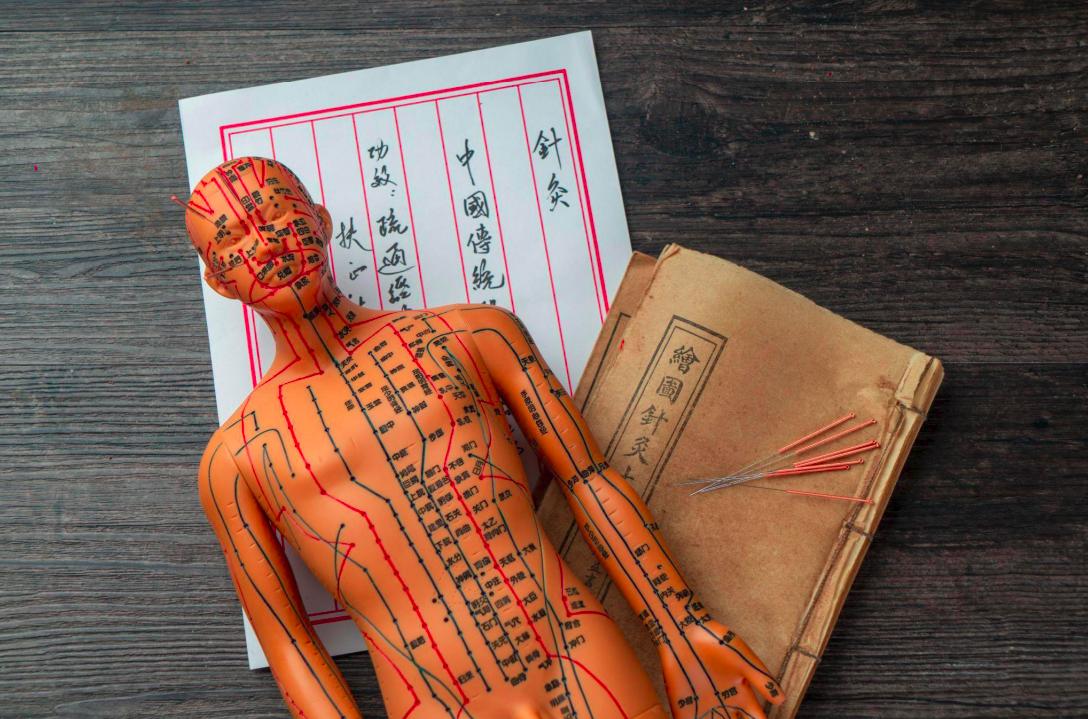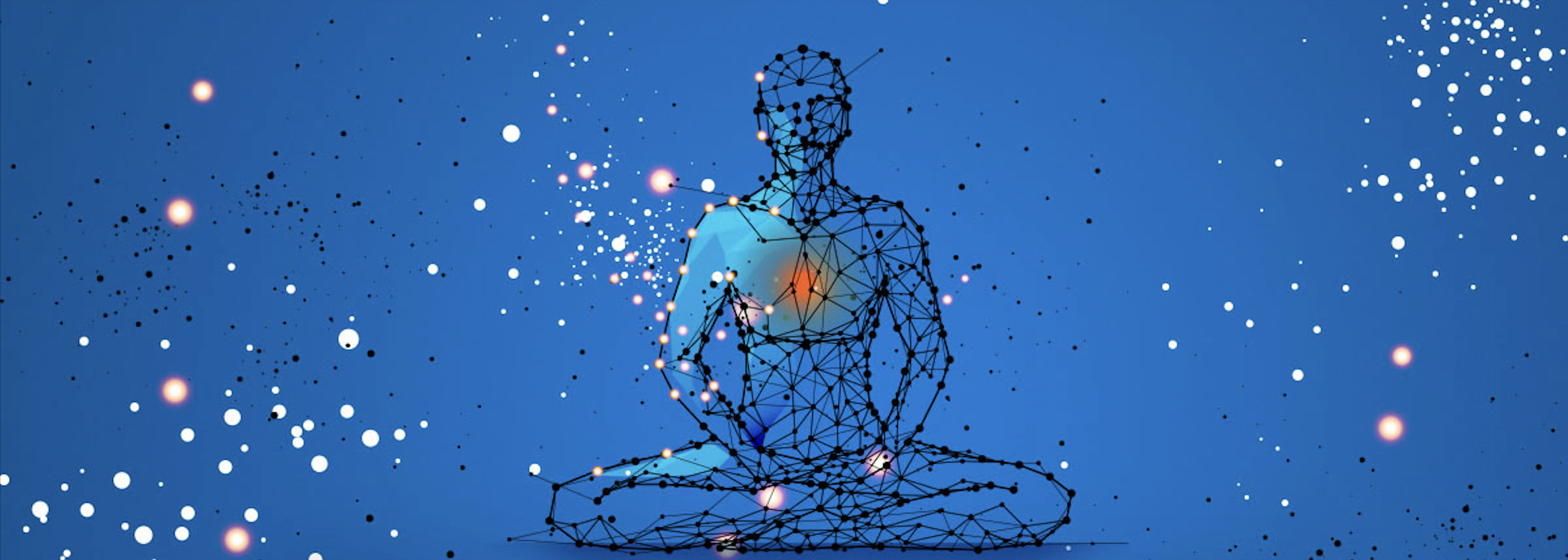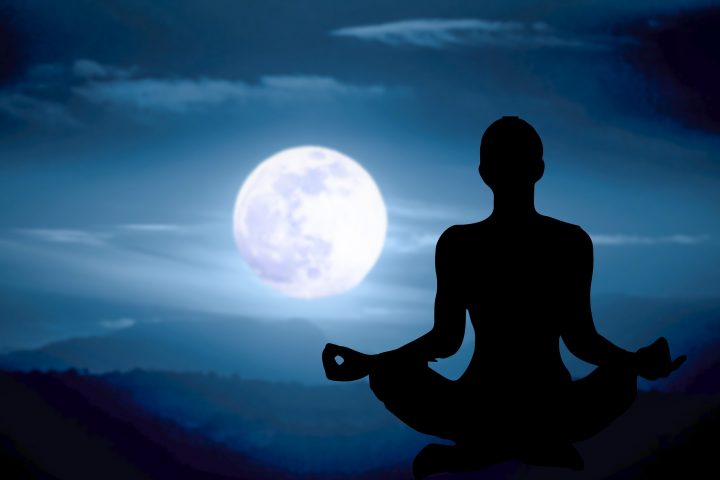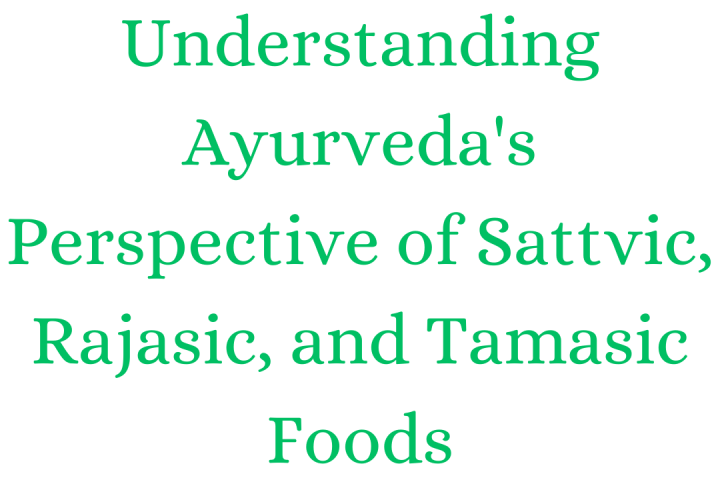By now, everyone has heard of Traditional Chinese Medicine (“TCM”). Not only that, if you lived in a metropolitan area, you probably know someone who has benefited from TCM; and maybe, that someone is you.
But did you know the diagnosis and treatments in TCM has everything to do with the human body’s meridian system?
Now, that’s the lesser known part of how the TCM works. Don’t let unfamiliar words fool you though, the concept is rather simple.
So, how does the meridian system work? There is a simple answer to that, but it’s best to have some basic understanding about the meridians first. Let’s unpack.
A Brief History Of The Meridians
Acupuncture, which uses the meridian system, dates back at least 2,200 years. One of the earliest mentions of the meridian system and its technical details was written by Hangfu Mi in 259–282 AD .
In a text by Yang Jizhou (1520–1660), 361 acupoints were identified. In the 1900s, French diplomatic scholar George Soulié de Morant brought acupuncture to Europe from China, and coined the term meridian.
The Meridian System In Our Body
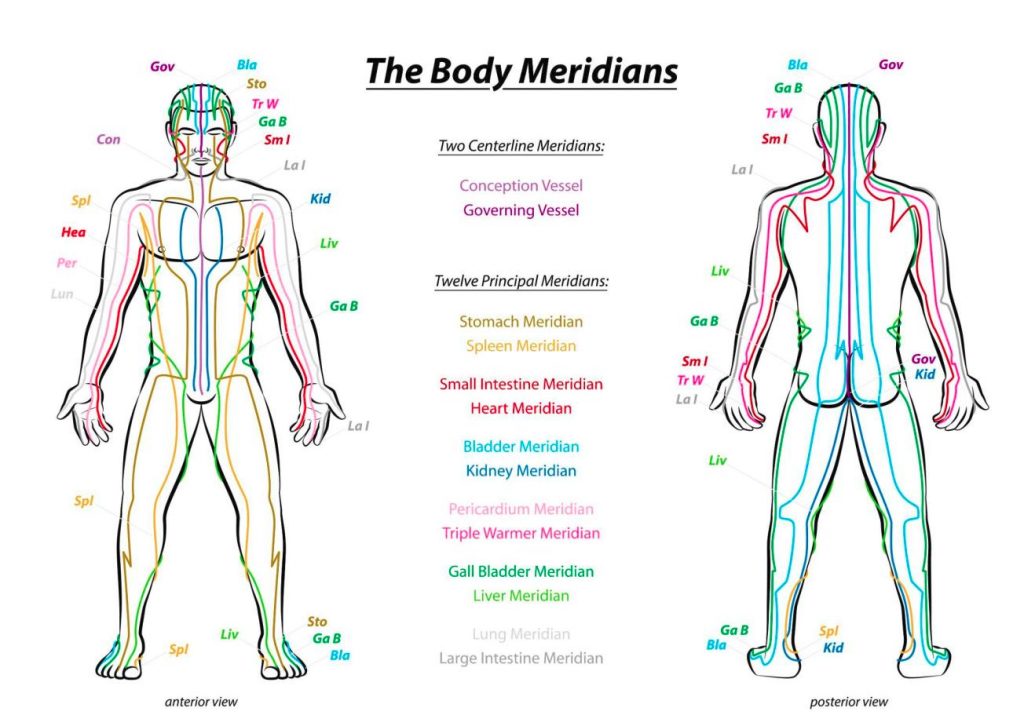
In TCM, the meridian system is a network of Qi (also spelled “Chi”) channels throughout the human body. On these channels are acupoints; in Chinese acupuncture, these points are stimulated by needles, pressure, or heat to treat clinical conditions. However, while being the most studied and well-known, the meridian system is not the only system TCM is based on, for example, the Yin-Yang and the five elements (“Wu Xing”) are also incorporated in TCM.
There are twelve principal meridians plus two centerline meridians; on these meridians are acupoints, which are used in acupuncture. These points and meridians connect the near-surface part of the body to corresponding internal organs.
The body’s Qi (or “Chi”), which is considered the life force of the body in TCM, flows through the meridians. Through applying pressure and stimulation, an acupuncturist can readjust the Qi to readjust the balance (Yin and Yang) and harmony (Five elements) of the body, hence riding diseases and health conditions.
What Exactly Is Qi?
In the 1900’s, when French diplomatic scholar George Soulié de Morant brought acupuncture to Europe from China, and coined the term meridian, he also coined the term “energy” for Qi. Unfortunately, that is now a big reason for the confusion about what Qi is.
The term “energy” can now mean so many different things, and in different contexts. For example, you’re likely aware of energy healers; or have heard of things like “I like his energy”, and “energy fields” – none of these is associated with the “energy” in meridians, or TCM, for that matter.
So, what is Qi? The closest translation in English is “vital energy”, or, as sometimes referred to as, “life force”, in TCM, Qi is a life force energy that flows through your meridians, which, remember, connect to your internal organs.
When the Qi is flowing free in your meridians, your physical being is in harmony, an equilibrium. Qi cannot be destroyed or lost, but it can be altered, adjusted, or expelled.
How Do Meridians Work?

As previously mentioned, acupuncture is used to readjust the Qi in your body to bring the Qi flow back to harmony and equilibrium. This is because in TCM, the root of all health conditions and illness is a disruption, imbalance, clog, or stagnation in the meridians.
So what do you do now? You guessed it, you bring the Qi flow back to a harmonious state of flow to restore your health. To do this, you can leverage acupuncture, reflexology, or Chinese medicine. All of which have the ability to adjust your Qi, and attempt to bring the Qi in your body back to an equilibrium. Of course, they all work differently to various degrees, while one may be more effective than another, depending on where the disruption or stagnation of the Qi is.
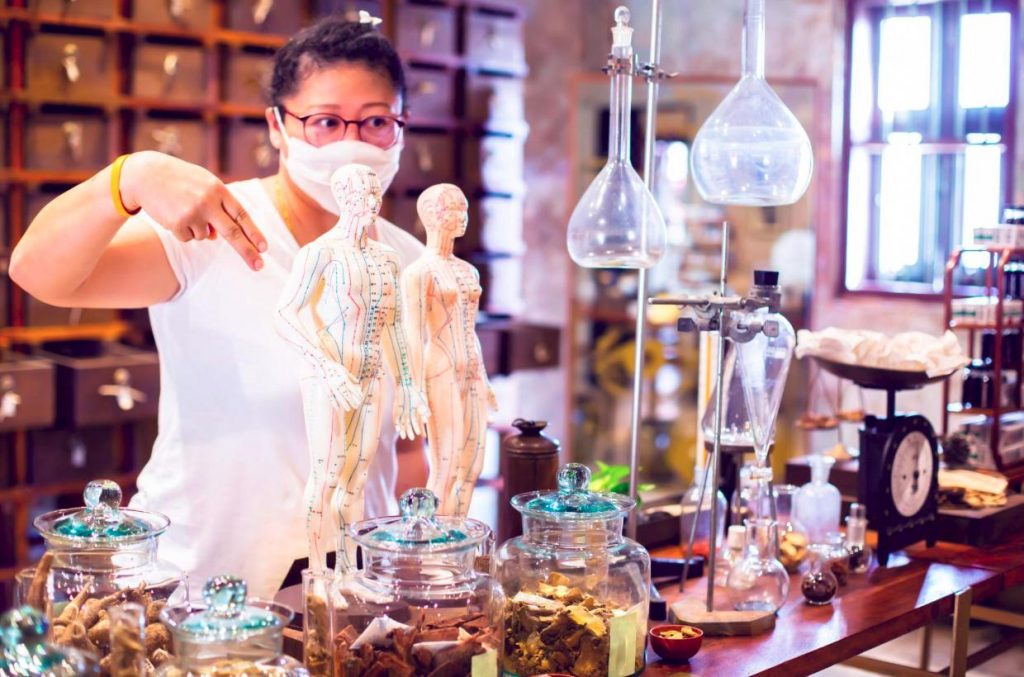
To recap, meridians are the pathway for Qi, and the acupoints throughout meridians are like valves that can be adjusted to adjust the flow of the body’s Qi.
Each acupoint has a code and a name. For example, one of the most commonly used acupoints is the LI4 (Large intestine 4, or “He Gu” in Chinese), which is located between the thumb and the forefinger where the bones meet. This acupoint is often used to relieve pain, especially in the head or face. A good thing about this acupoint is you will feel slightly sore or very mild pain, so if you’re trying to find it yourself, those are great indicators that you’ve found the right spot!
So why does LI4 relieve pain? In TCM, the LI is the “large intestine” meridian, meaning the meridian corresponds to the large intestine, where the body clears out the Qi it does not need. By applying pressure on LI4, you open an exit door for the body to expel the Qi it no longer needs, and the pain or discomfort the unwanted Qi was causing.
Are Meridians Real?
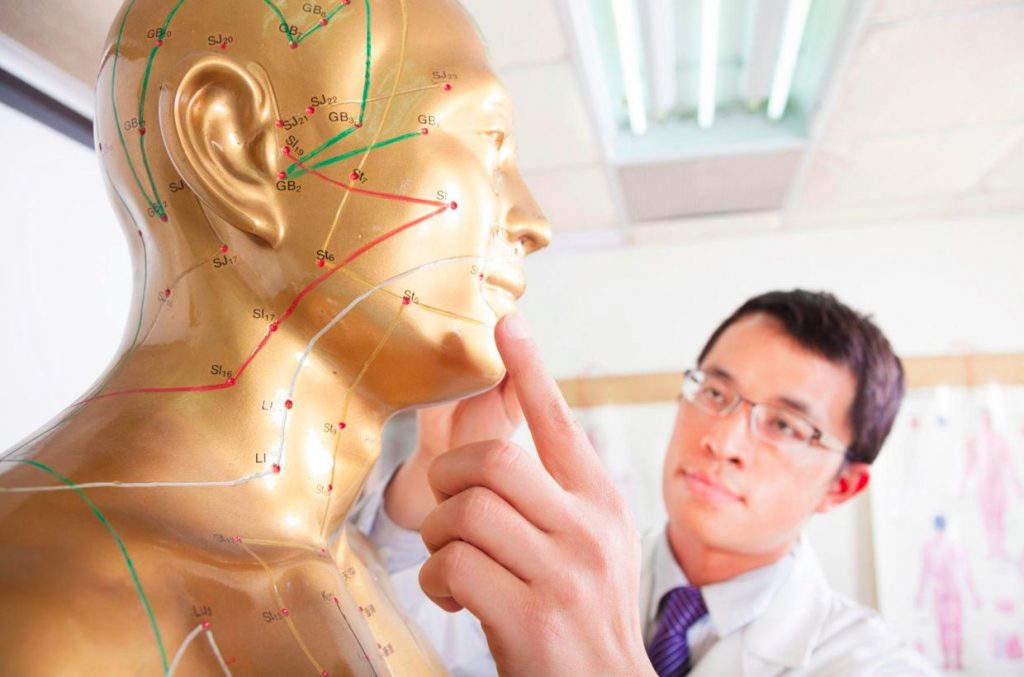
Short answer: Yes.
In the past, TCM and meridians were unsupported by modern science and considered pseudoscience at best, if not outright rejected by western medicine.
However, as the technology advances, the researchers and scientists are finally able to find anatomical evidence of more than 80% of the acupoints identified in the ancient Chinese text. One may say that modern science has finally begun to keep up with the meridian system.
Of course, not all of the 361 acupoints have been scientifically proven yet, but numerous reviews have since been conducted in the past decade, supporting the theory that fascia networks could be the basis for at least some of the meridians in the human body, additionally, the aforementioned LI4 acupoint has also been anatomically identified, located right on the skin at the lateral border of the midpoint of the second metacarpal bone.
So, is the meridian system real? The long answer is much of it has been proven and confirmed by modern technology, and the rest is still yet to be discovered. However, given the track record, it is likely that it’s just a matter of time!
